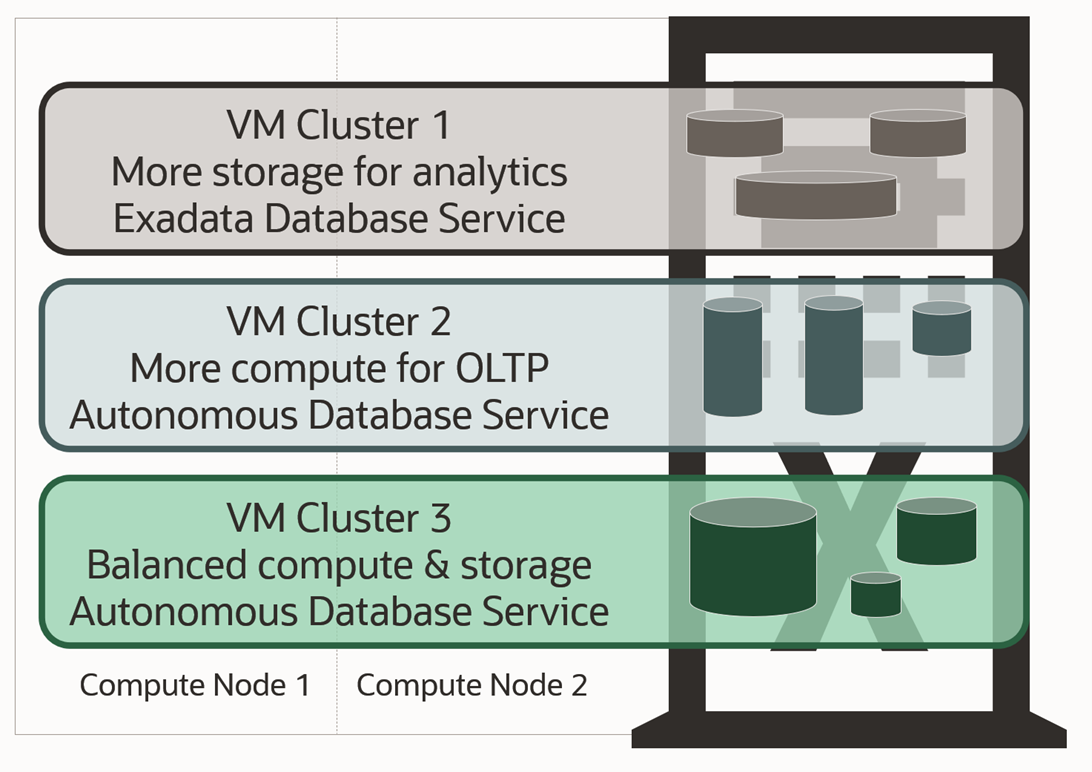The Oracle Database has seen over 40 years of continuous innovation with increasing automation of database management tasks. A lot of that innovation has targeted Oracle Database Developers and incorporated key automation features in Oracle Database 19c (on top of existing critical architectural milestones like the multitenant architecture and the converged database) which has streghtened cloud native database services in Oracle Cloud and ushered in the Autonomous Database era.
With the arrival of Oracle Cloud Infrastructure (OCI), Oracle has taken it’s database progress and innovation to the next level with the Autonomous Database (ADB) service, a technology that has revolutionized the way people think about and consume database capabilities for modern cloud applications. With ADB the database becomes a self-driving, self-securing and self-repairing service, consumed on a pay-per-use basis which allows you to focus on your business instead of managing technology. ADB can be deployed on dedicated Exadata infrastructure (ADB-D) which provides the entire technology stack (storage, network, compute) to a single tenant and adds operational customization, policy controls that can influence how the autonomous software layer performs its tasks (while guaranteeing a 99.995% SLA).
We’ve been working very hard to bring you all the features that make Autonomous Database on Dedicated Exadata Infrastructure a perfect fit for mission critical workloads in modern application architectures that utilize multiple data types, workloads, and analytic functions in a single solution. Together as a team, we have once again this year delivered (and supported) many key enablement features.

Fig 1 – Major Autonomous Database milestones on Dedicated Exadata Infrastructure
In the beginning of 2022 we went off to a great start with the announcement of Multiple VM Autonomous Database on Exadata Cloud@Customer which allowed customers to create multiple Autonomous Exadata VM Clusters and Exadata Database VM Clusters on a single Exadata Cloud@Customer infrastructure and then kept working to finally bring it to Autonomous Database on Dedicated Exadata infrastructure in the Public cloud. What is really important about this feature is it enables the implementation of enterprise corporate governance policies for change management in an Autonomous Database deployment. So, you not only have VM level isolation for different project teams, but with zero license costs, you can create a cloud native developer self-service for database, while enforcing separation of Dev-Test, Pre-Prod, Production and informing Oracle’s autonomous operations about how to deliver software version updates that aligns with your corporate software change management policies.

Fig 2 – Co-resident VM clusters in Exadata including non-Autonomous and Autonomous VM clusters (AVMs)
Each Autonomous VM Cluster supports separate network configuration, maintenance scheduling, license type selection (BYOL and License Included), and customizable memory, storage, and compute allocations. This brought our customers unprecedented versatility within a single Exadata infrastructure.
On top of this major enabling feature, during 2022 we brought functionalities that make ADB-D the obvious choice for mission critical database workloads in the cloud: Automatic Failover, cloning from backup and across Exadata infrastructures, Blockchain Tables support, Identity and Access Management (IAM) Integration for Database Users, X9M-2 systems available for dedicated Autonomous Database deployments on Public Cloud, Elastic provisioning for X8M-2 and X9M-2 systems on Oracle Cloud for “a-la-carte” provisioning of your Exadata infrastructure, Azure Active Directory (Azure AD) Integration, Oracle Operator Access Control for ADB-D and Network File Storage (NFS) for data migration for ADB on Exadata Cloud@Customer (among others). It was also a great year for Oracle Database Development in general with a lot of announcements during Oracle CloudWorld and lots of goodies coming with Oracle Database 23c.
With this solid set of features and services, adoption has been great for ADB-D spawning multiple industries and top players using Autonomous Database. Key industries using Autonomous Database on Dedicated Exadata Infrastructure include: Banking, Telecom, Retail, Information Technology, Energy, Healthcare, Manufacturing, Education and more. To see a complete list of customer case studies across all Autonomous Database deployments, checkout the Autonomous Database Customer Success Stories on Oracle.com.
We continue our commitment and hard work to make ADB-D the best cloud database service in the world, so it’s not a coincidence that, yet again in 2022, industry analyst Gartner has recognized Oracle’s Autonomous Database as the leader in all database critical capabilities.
We wish you a happy 2023 from ADB-D team (stay tuned!)
